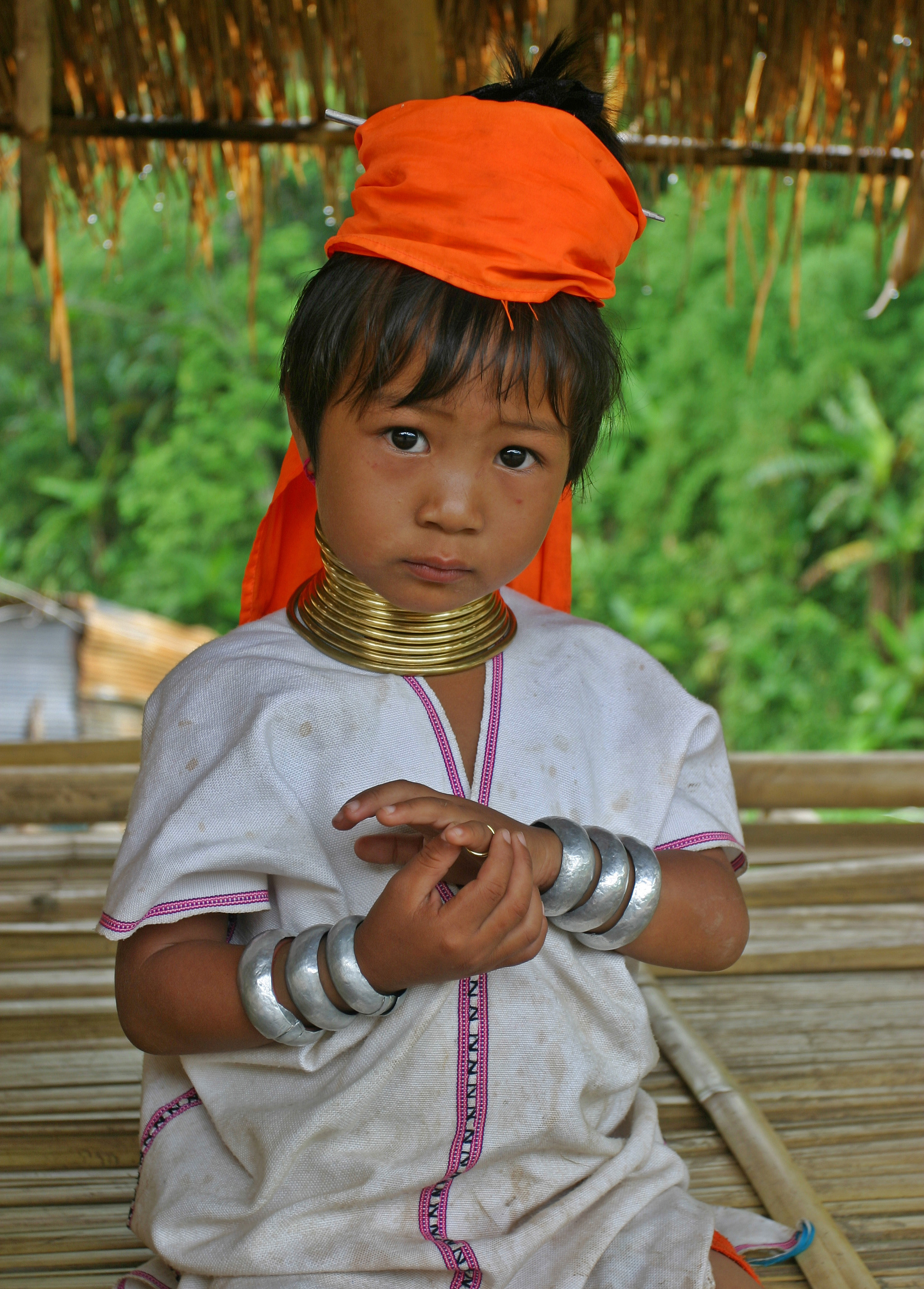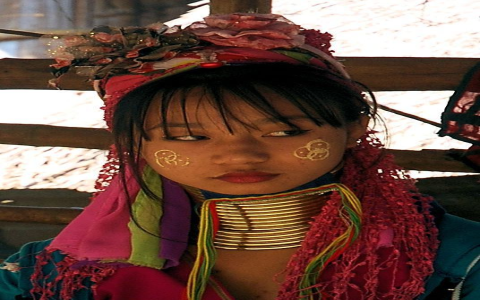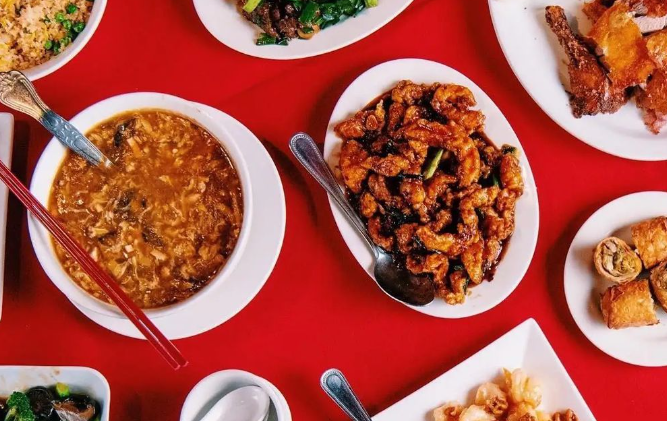Karen Padaung Women: A Cultural Tapestry of Resilience and Identity
The Karen Padaung women, often recognized for their striking beauty and unique cultural practices, represent a fascinating intersection of tradition and modernity. Living primarily in the mountainous regions of Myanmar and Thailand, these women are known for their distinctive practice of wearing brass neck rings, which create the illusion of elongated necks. This practice, while visually captivating, is deeply rooted in the cultural identity and social structures of the Karen people.

The tradition of wearing neck rings, or "giraffe women" as they are sometimes referred to, has origins that date back centuries. It is believed that this practice began as a means of protection against slavery and invasion. Over time, it evolved into a symbol of beauty and status within the community. The rings, which can weigh several kilograms, are not merely decorative; they signify a woman’s maturity and her family’s wealth. As a girl reaches adolescence, she begins to wear these rings, and the number of rings increases as she ages. This rite of passage is a significant aspect of their cultural identity, showcasing the intricate relationship between beauty, tradition, and societal expectations.
However, the life of a Karen Padaung woman is not solely defined by her adornments. These women are resilient, often facing challenges that stem from political instability and economic hardship. Many have been displaced due to conflict in Myanmar, leading to a diaspora that has seen them settle in refugee camps in Thailand. Here, they strive to maintain their cultural practices while adapting to new environments. The juxtaposition of preserving tradition amidst modern challenges highlights their strength and adaptability.
In recent years, tourism has played a dual role in the lives of the Karen Padaung women. On one hand, it has provided them with economic opportunities, allowing them to sell handicrafts and share their culture with visitors. On the other hand, it raises ethical questions about cultural commodification. Tourists often flock to see the "long-necked women," sometimes reducing their rich cultural heritage to mere spectacle. This phenomenon can lead to a loss of authenticity, as the women navigate the fine line between cultural preservation and commercial exploitation.
Despite these challenges, the Karen Padaung women continue to embody resilience. They are not passive subjects of their circumstances; rather, they actively engage in dialogues about their identity and rights. Many women have taken on leadership roles within their communities, advocating for education and healthcare access. This shift towards empowerment is crucial, as it allows them to redefine their roles in society beyond the traditional expectations tied to their appearance.
Education plays a pivotal role in this transformation. As more Karen Padaung women gain access to education, they are equipped with the tools to challenge stereotypes and advocate for their rights. This newfound knowledge fosters a sense of agency, enabling them to participate in broader societal discussions. The younger generation, in particular, is increasingly aware of the importance of balancing tradition with modernity, seeking to honor their heritage while also pursuing personal aspirations.
The global community has a responsibility to support the Karen Padaung women in their quest for recognition and respect. By promoting ethical tourism and encouraging cultural exchange that respects their autonomy, we can help ensure that their voices are heard. It is essential to approach their culture with sensitivity, recognizing the depth and complexity that lies beneath the surface of their traditional practices.
the story of the Karen Padaung women is one of strength, resilience, and cultural pride. Their neck rings, while a symbol of beauty, also tell a story of survival and adaptation. As they navigate the challenges of modern life, these women continue to inspire with their unwavering spirit and commitment to preserving their identity. The world can learn much from their journey, as it reflects broader themes of cultural preservation, empowerment, and the quest for dignity in the face of adversity.



